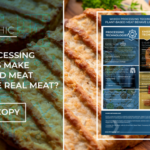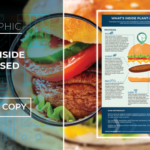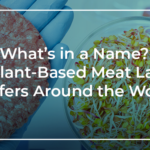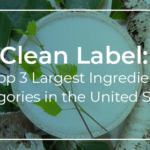
What to Expect for 2024’s Health Trends: From Microbiome to Mindfulness
In the ever-evolving landscape of health and wellness, staying informed about the latest trends and innovations is crucial. Beyond mere fads, these trends often reflect shifts in consumer priorities and advancements in scientific understanding. In 2024, health-related concerns continue to drive consumer behavior and ingredient preferences, shaping the trajectory of the food and beverage industry.

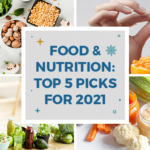
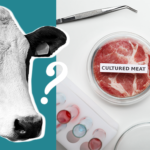
![[INFOGRAPHIC] Cultured Meat: Who’s at the Forefront of the Sustainable Food Revolution?](/wp-content/uploads/Cultured-Meat-150x150.gif)

